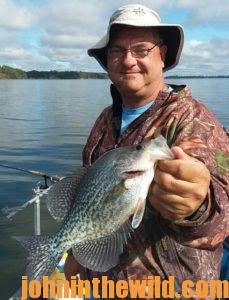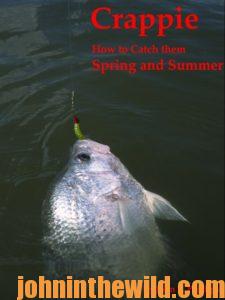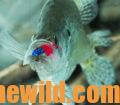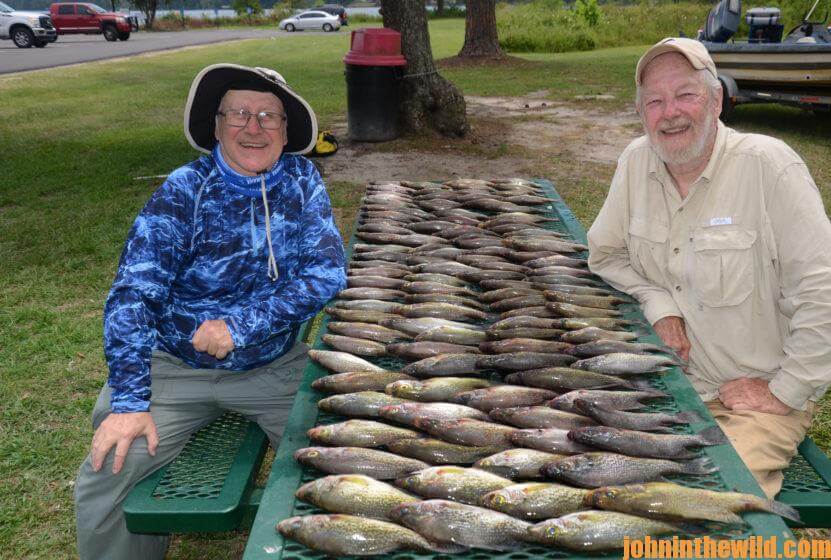Editor’s Note: The most-dependable place to find and catch crappie throughout the spring is locations where the prespawn crappie hold before going to the bank, since crappie don’t all go to the banks at the same time. Nor do they spawn-out all their eggs the first time they move to the banks. A crappie may go to the bank to spawn several times during the spring and then return to its prespawn spots before going back to shallow water to spawn. The crappie also move to prespawn sites to hold before they move offshore to deeper water. Let’s look at where some of the best crappie-fishing guides look for and catch prespawn crappie.
Tony Adams (https://www.facebook.com/Gone-Fishing-With-Tony-133709770592006/ – 334-695-3003 or http://gonefishingguideservice.com) of Eufaula, Alabama, guides on Lake Eufaula on the Chattahoochee River that borders Georgia and Alabama. “During the prespawn, the crappie here at Lake Eufaula will average 3/4-pound each to 2-pounds each with an occasional 2-1/2-pounder caught. We have three different places to find and catch prespawn crappie at Lake Eufaula. I define prespawn crappie as early, middle and late prespawn. During the early prespawn, I locate crappie ganged-up and suspended in the mouths of creeks. I’ll use my Humminbird Helix 12 depth finder (https://www.humminbird.com) to locate crappie there. Once I find the crappie, I’ll drop a buoy off to the side of where the school is located. I’m counting on my depth finder to show me the depth of water where the crappie are concentrating.
find and catch prespawn crappie at Lake Eufaula. I define prespawn crappie as early, middle and late prespawn. During the early prespawn, I locate crappie ganged-up and suspended in the mouths of creeks. I’ll use my Humminbird Helix 12 depth finder (https://www.humminbird.com) to locate crappie there. Once I find the crappie, I’ll drop a buoy off to the side of where the school is located. I’m counting on my depth finder to show me the depth of water where the crappie are concentrating.
“In the early prespawn, I’ll put my rods at three different depths – for instance, if the depth finder shows me crappie at 15-feet deep in the prespawn, I’ll have one rod with a jig on it at 10-foot deep, one at 12-foot deep and one at 14-foot deep. I’ll use my trolling motor to bump (turn-on and turn-off the trolling motor) around that school of crappie, until I determine where the sweet spot is where we’ll catch the most crappie. As the days warm-up, prespawn crappie will start moving closer to the surface, which means we’ll have to shallow-up our jigs.
“I like to use 4-pound-test hi vis line, during the prespawn, because then I’ll see the strikes on the line more often than I can feel the strikes on my rod. I prefer a 1/16-ounce jig head in the prespawn, and I choose the colors I’ll fish based on whether the water is muddy, stained or clear. In clear water, I’ll fish a clear-colored jig, like the Monkey Milk made by Bobby Garland https://www.lurenet.com/brands/bobby-garland or the blue pearl pepper or a silver glitter made by Big Bite Baits (https://bigbitebaits.com/). When the water’s muddy, I prefer a pink grub. When the water’s stained, I prefer to fish the Electric Chicken color, which is green, pink and chartreuse, or a black-and-chartreuse grub. I also like the Acid Rain color that has yellow and white with a chartreuse tail grub. Acid Rain is my  favorite color once the crappie are finally moving to their beds.
favorite color once the crappie are finally moving to their beds.
To learn more about crappie fishing, check out John E. Phillips’ book, “Crappie – How to Catch Them Spring and Summer,” available in Kindle and print versions at http://amzn.to/WGaJLT and click here for the Audible link.
Tomorrow: Knowing More about the Middle and Late Prespawn Crappie with Guide Tony Adams










